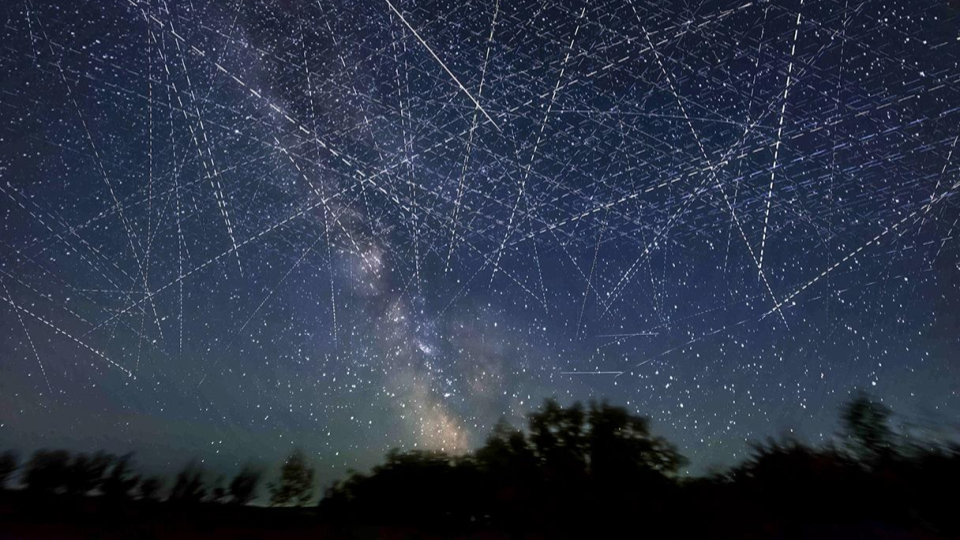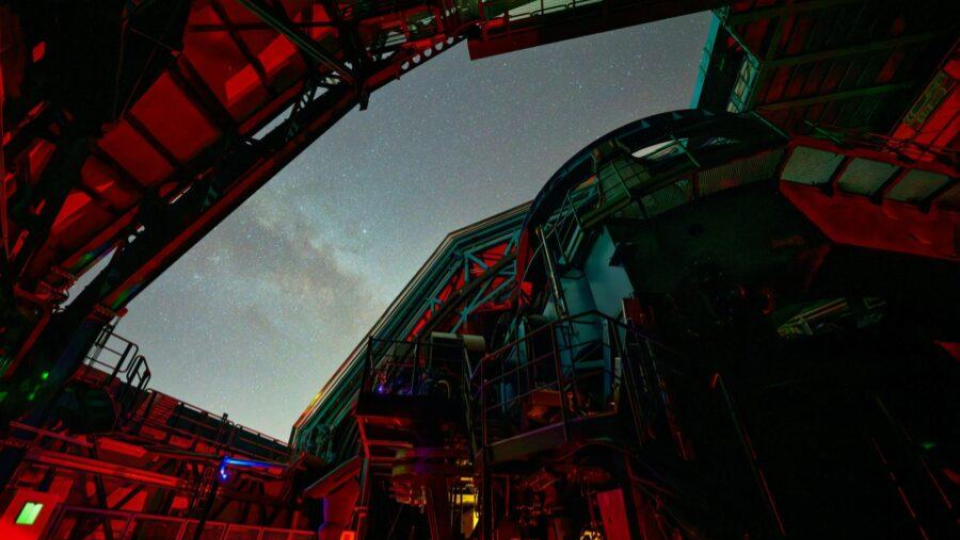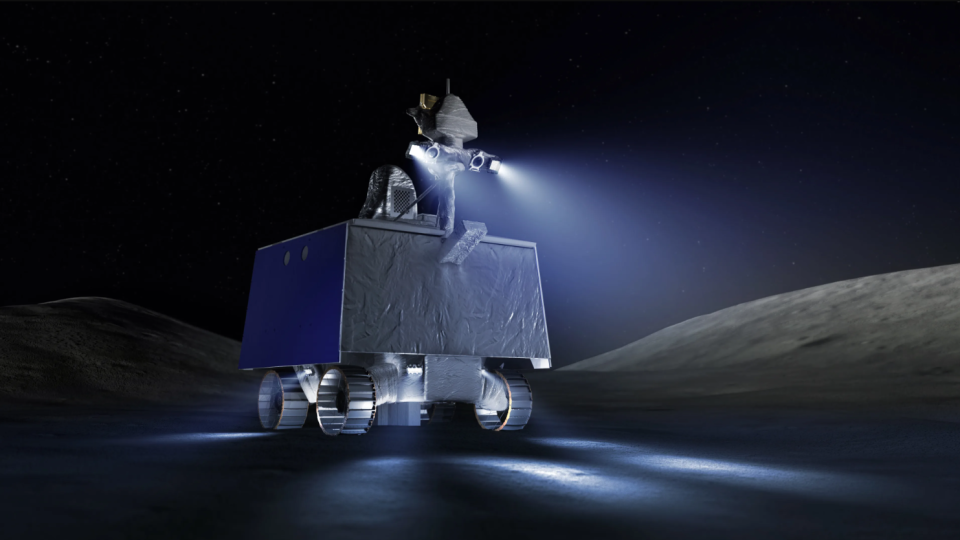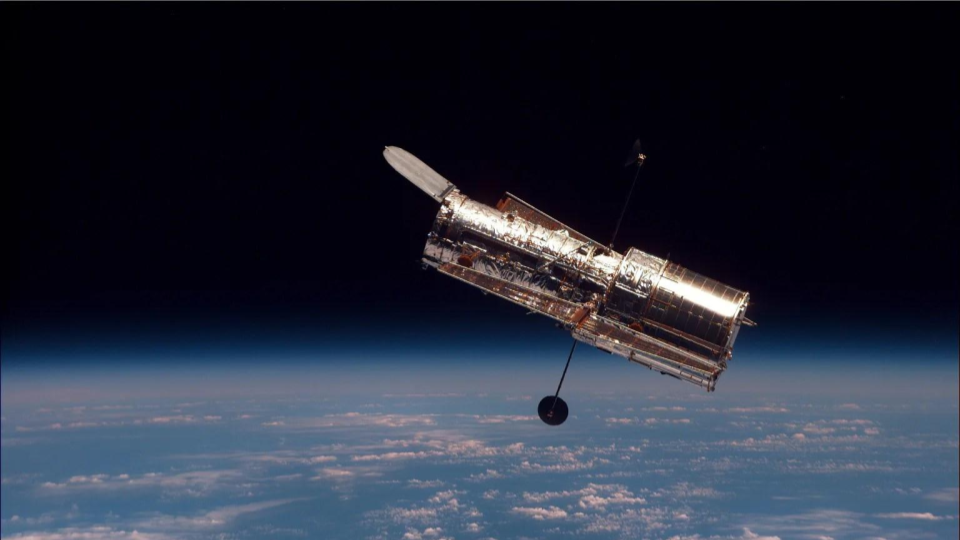There are currently 20 NASA Earth observing missions circling our world, either as singular flagship spacecraft or as constellations of small sats that work together to do their science. These missions collectively observe everything from the chemistry of our atmosphere, to the flux of solar radiation on our world, to the planet’s thermal behavior and changing sea levels. Together, these spacecraft provide continuous monitoring of out evolving world over time. Unfortunately, many of these missions are already working on borrowed time. Ace, CYGNSS, Jason03, Landsat 7 & 8, and SMAP all...












